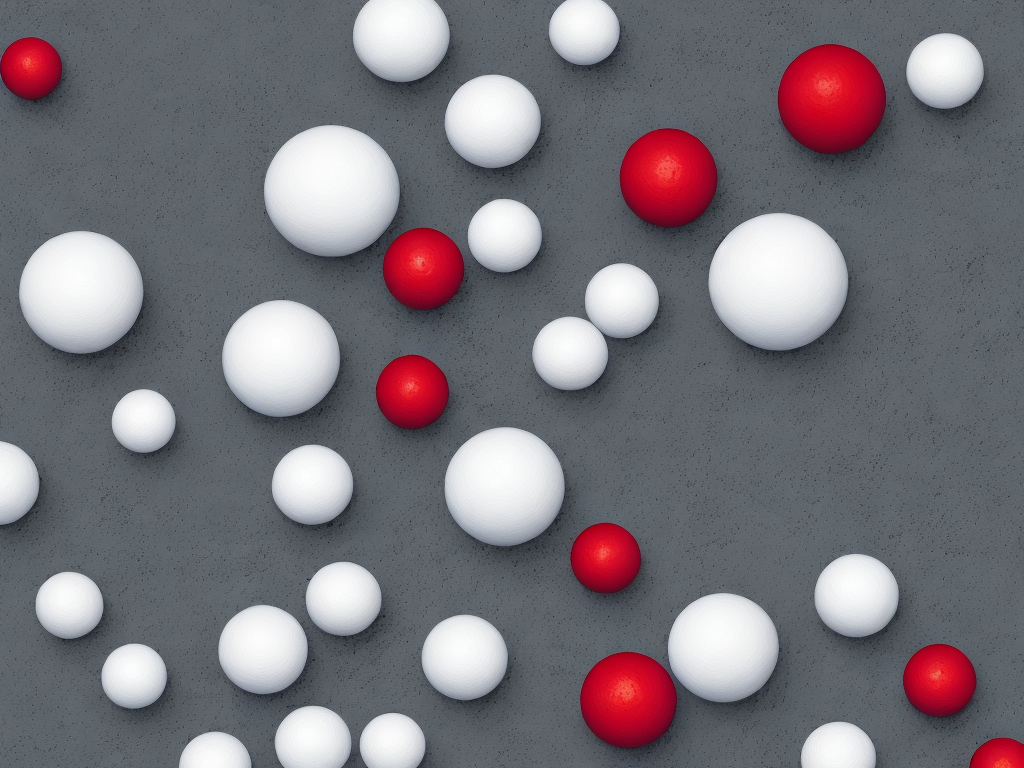
Cricket, known as the gentleman's sport, has been played for centuries. It has evolved over the years, with changes introduced to make it more interesting and appealing to a wider audience. The equipment used in cricket has also undergone significant changes, including the color of the ball used in different formats of the game. The traditional red ball, which is used in test cricket, has been replaced by the white ball in One Day Internationals (ODIs) and T20 cricket. In this article, we will discuss the differences between the white and the red ball in cricket.
The most obvious difference between the red and the white ball is their color. The red ball is made of leather, and it is dyed red to make it visible against the grass and the white clothing of the players. On the other hand, the white ball is also made of leather, but it is dyed white to make it more visible against the colored clothing of the players, the floodlights, and the different backgrounds of the cricket grounds.
Another significant difference between the two balls is their lifespan. The red ball is designed to last longer and withstand the wear and tear of a five-day test match. It can be used for up to 80 overs and sometimes even more. The red ball also tends to retain its shape better, which makes it easier for bowlers to control the swing and the spin of the ball. The white ball, on the other hand, has a shorter lifespan and can only be used for a limited number of overs. In ODIs, the white ball is changed every 35 overs, while in T20 cricket, it is changed every six overs. The reason for this is that the white ball tends to scuff up faster and lose its shape, which affects its swinging and spinning capabilities.
The behavior of the two balls in different conditions is also different. In a test match, the red ball tends to swing more, especially in the first few overs, before settling down and becoming less lively. This is due to the natural wear and tear that the ball undergoes during the course of the game. The red ball also tends to spin more, especially on pitches that are dry and dusty. The white ball, on the other hand, tends to move less in the air due to its lighter weight and also tends to skid off the surface, making it harder for bowlers to grip and spin the ball.
The white ball is also designed to be more visible under lights. The use of floodlights in ODIs and T20 cricket has become common nowadays, and the white ball is better suited for these conditions than the red ball. The white ball has a greater contrast against the dark background, which makes it easier for players and spectators to see.
The two different balls also require different strategies from the batsmen. In a test match, the batsman needs to be patient and get used to the ball as it wears down over time. The red ball tends to swing more in the first few overs, making it harder for the batsman to judge the line and length of the ball. As the ball gets older, it becomes easier for the batsman to read the bowler's action and play more confidently. In ODIs and T20 cricket, the batsman needs to be more aggressive from the outset. The white ball tends to move less in the air, but can skid off the surface, making it harder for the batsman to judge the bounce and pace of the ball. The batsman needs to be quick on his feet and play more attacking shots to score quickly.
In conclusion, while the red and the white ball are both made of leather, their colors and lifespan are different. The red ball is used in test cricket, where it lasts longer and swings and spins more due to its natural wear and tear. The white ball, on the other hand, is used in ODIs and T20 cricket, where it is changed more frequently, is more visible under lights, and tends to move less in the air and skid off the surface. The differences in behavior also require different strategies from the bowlers and the batsmen. Understanding these differences is important for players, coaches, and spectators alike to appreciate the nuances of the game and enjoy it to the fullest.
 Self-Instruct
Self-Instruct